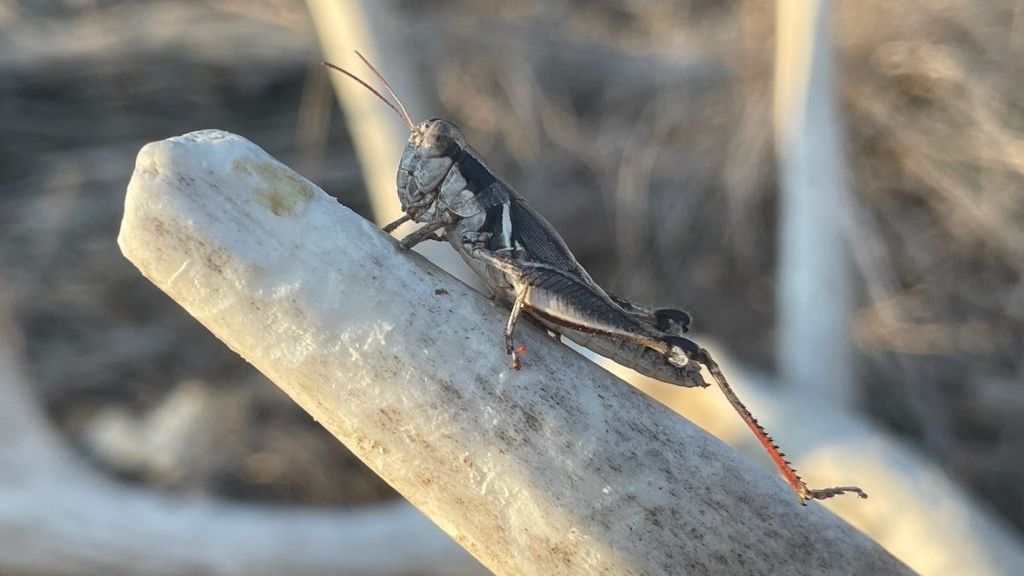
New Species Of Grasshopper Named After Willie Nelson
Melanoplus nelsoni held by Dr. JoVonn Hill. For the last five years, country music fan Dr. JoVonn Hill and his colleagues have made scientific expeditions to the area that have now revealed an extraordinary discovery. PHOTO BY JOVONN HILL/SWNS
|
Getting your Trinity Audio player ready...
|
A new species of grasshopper has been named after country music legend Willie Nelson.
The flightless insect was discovered in Texas where the veteran singer and actor was born 90 years ago.
Scientists say that the central region of Texas is a known “hotspot” for biological wonders.
For the last five years, country music fan Dr. JoVonn Hill and his colleagues have made scientific expeditions to the area that have now revealed an extraordinary discovery.
The team uncovered seven previously unknown flightless grasshopper species, six of them endemic to the Edwards Plateau.
With this discovery, Hill paid tribute to Nelson and fellow country music icon Jerry Jeff Walker who died in Texas in 2020, at 78.
He has named two of the flightless grasshopper species in recognition of the “immense contributions” of the two Texas legends.

Hill, an assistant professor and director of the Mississippi Entomological Museum (MEM) at Mississippi State University, said: “Melanoplus nelsoni and Melanoplus walkeri immortalize the enduring contributions of these legendary musicians and their connection to Texas.
“After these last few summers [of field studies], just like Mr. Nelson, we too have a little Texas in our souls.”
On Melanoplus walkeri, he said: “Walker’s songs such as ‘Hill Country Rain,’ ‘Leavin’ Texas,’ and ‘Sangria Wine’ brought me and my field team joy while traveling between field sites and added to the amazing ambiance of the Edwards Plateau.”
In fact, the artist recorded his most influential album not far from the spot where the new species was discovered.
The team also acknowledged the cultural heritage and deep connection to the region of the Comanche and Tonkawa tribes, naming two species after them, Melanoplus commanche and Melanoplus tonkawa respectively.
Writing in the journal ZooKeys, Hill said: “These designations recognize the profound historical and cultural significance of the tribes in the region.”
Hill said the discovery of the seven flightless grasshopper species and the formation of a new species group underscore the “ecological uniqueness” of central Texas.
He added: “These seven newly described species, alongside two pre-existing ones, form a cohesive species group, highlighting their shared characteristics and evolutionary relationships.
“The formation of this new species group presents a significant contribution to our understanding of the diverse ecosystems present in central Texas.”
Produced in association with SWNS Talker
Edited by Saba Fatima and Newsdesk Manager
“What’s the latest with Florida Man?”
Get news, handpicked just for you, in your box.



